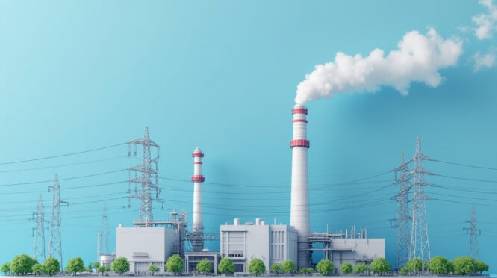- Govt targets reduced capacity payments, accountability for ‘over-profiteering’ among IPPs
- IPPs argue heavy taxes, not capacity costs, drive high electricity tariffs
- Independent power producers warn forced renegotiations risk investor confidence
The government has introduced a new financial framework aimed at restructuring payments to 18 independent power producers (IPPs) by cutting down their capacity costs and recovering what it considers “excessive profits” accumulated over past years. This initiative involves renegotiating power purchase agreements with IPPs established under the 1994 and 2002 policies. The negotiations, expected to conclude shortly, are part of a broader power sector reform to reduce consumer electricity costs.
The revised approach will transition IPPs from a “take-or-pay” to a “take-and-pay” model, where payments align more closely with actual power generation, thus reducing fixed costs. A government task force estimates that these revisions could save substantial funds, potentially easing the public budget’s power subsidy burden.
However, IPPs claim that forced renegotiations could damage investor confidence. Some contend that any “excess profits” result from operational efficiencies, not overstated costs, as alleged by the government. Further, IPPs argue that high consumer tariffs largely stem from taxes, transmission costs, and line losses—not capacity payments.
The government remains resolute in its stance, asserting that restructured terms will maintain essential payments to keep IPPs operational without harming their financial stability.
Story by Nasir Jamal





